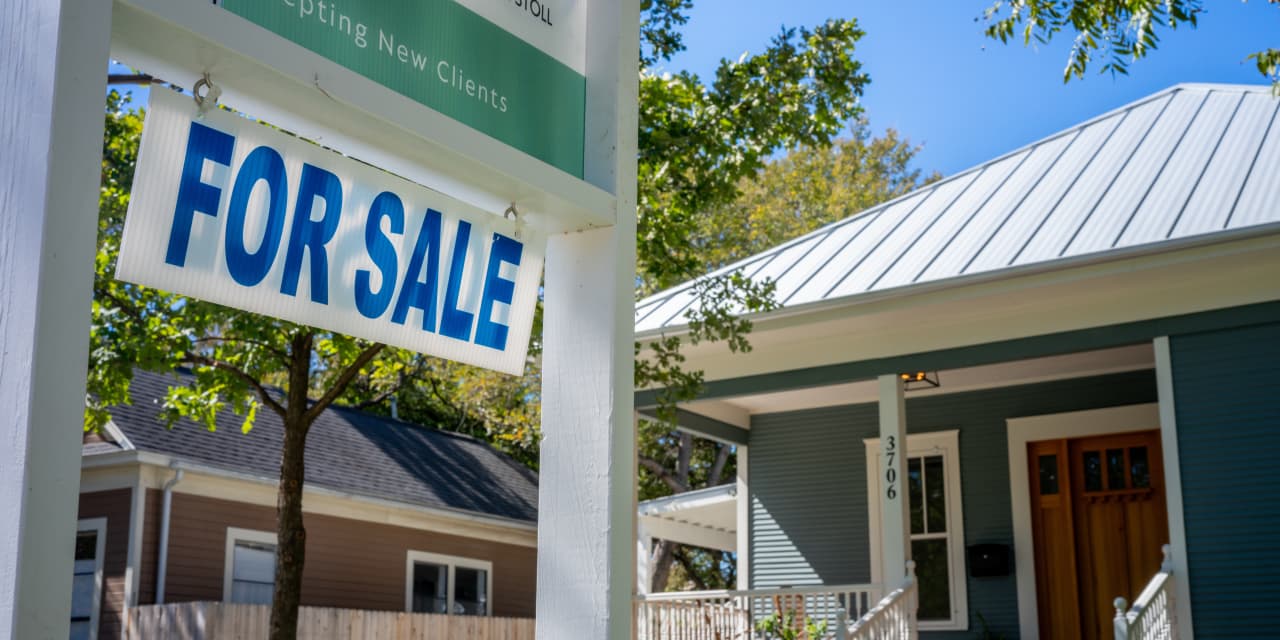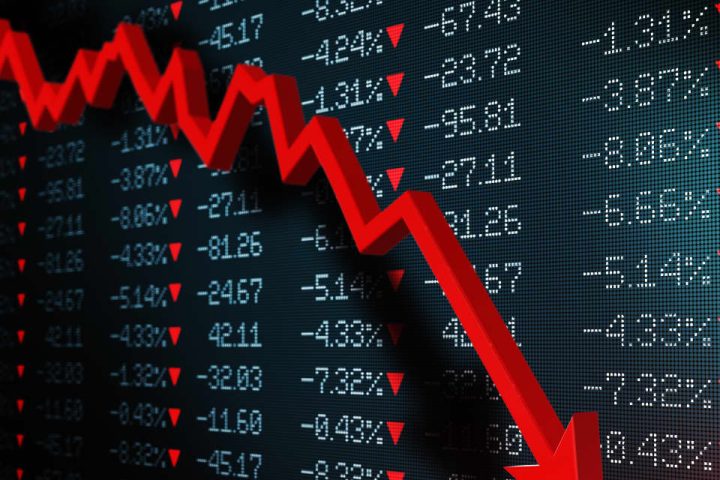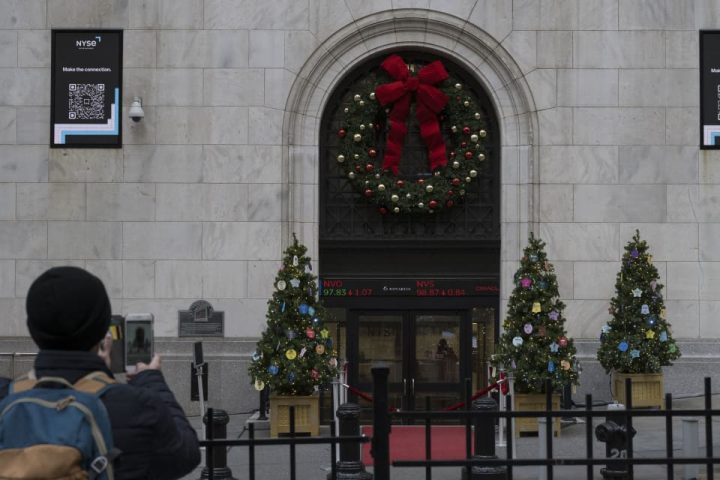Home sales in September fell to their lowest level in nearly 13 years, as mortgage rates on Thursday hit highs last seen in 2000.
Previously owned homes were sold in September at a seasonally adjusted annual rate of 3.96 million, down 2% from August and the slowest rate since October 2010, the National Association of Realtors said Thursday. The decline came as rising mortgage rates blunted both buyer demand and homeowners’ willingness to sell.
“I wonder what this means for America—for the American way of life—if Americans are not moving,” Lawrence Yun, the National Association of Realtors’ chief economist, said, referencing lower home sales as homeowners remain in place. “Is it a temporary phenomena, or is there some fundamental change in the American way of life?”
The decline in sales wasn’t as steep as economists had expected, according to FactSet consensus estimates that called for 3.9 million. Sales were 15.4% lower than one year prior.
While sales fell, prices rose from year-ago levels—though at a slower rate than in August. The median existing home sold for $394,300, up 2.8% from one year prior.
A low number of homes for sale was one of the reasons for the decline, the trade group said. There were 1.13 million units for sale at the end of September, 8.1% lower than last year. “As has been the case throughout this year, limited inventory and low housing affordability continue to hamper home sales,” Yun said in a statement.
The economist previously told Barron’s that mortgage rates could hit 8% in the near-term, where they could remain for the rest of the year. The average 30-year fixed mortgage rate this week increased slightly, to 7.63%,
Freddie Mac
said Thursday. The 0.06% gain represents a new 23-year high.
Daily rates tell a much more dramatic story than the weekly average, for which data collection ends Wednesday night. Fixed 30-year mortgage rates tracked by Mortgage News Daily hit 8% on Wednesday—the highest level in 23 years, the website said. Rocket Mortgage, a large loan originator, was quoting 30-year fixed home purchase loan interest rates at 8.25% late Thursday morning.
The impact of higher rates is perhaps most obvious in the prevalence of cash buyers. Of the buyers still in the market, those paying with cash are a significant chunk, the Realtors group said Thursday. All-cash sales represented 29% of all transactions in September. Investors and second-home buyers account for many, though not all, of all-cash transactions. Some buyers moving to lower-cost areas from high-cost locales could use cash from a previous home sale to fund their purchases.
All-cash buyers represented a greater share of total sales than first-time buyers, which came in at 27%, the trade group said—an unusual occurrence, according to Yun. The share of first-time buyers in a more normal market should be in the high 30% to low 40% range, he said, while the share of cash buyers is typically closer to 20%. The two groups typically don’t overlap, he said: “We know that first-time buyers don’t have cash unless somehow family members are able to help out,” Yun said.
There are signs that the full impact of rising rates on home sales has yet to be seen in the monthly sales data. Home loan applications fell to their lowest level since 1995 last week, the Mortgage Bankers Association said on Wednesday.
Yun said the Realtors groups’ upcoming quarterly forecast, expected next week with its pending home sales report, would be revised downward. In August, the trade group said it expected existing-home sales in 2023 to total 4.38 million, which would be the lowest level of sales since 2011.
Redfin
on Thursday said it expect this year’s existing-home sales total to be the lowest since 2008.
Write to Shaina Mishkin at [email protected]
Read the full article here







